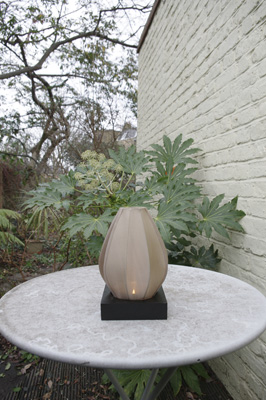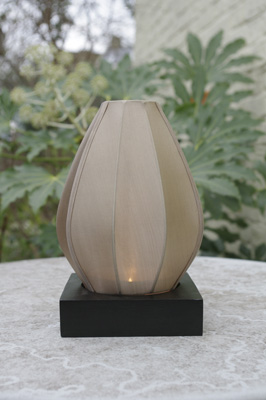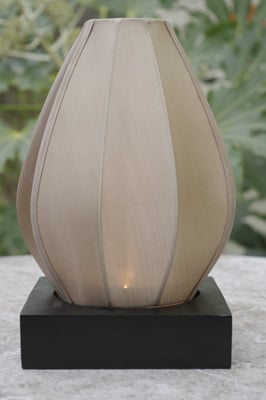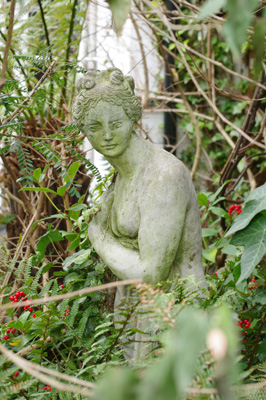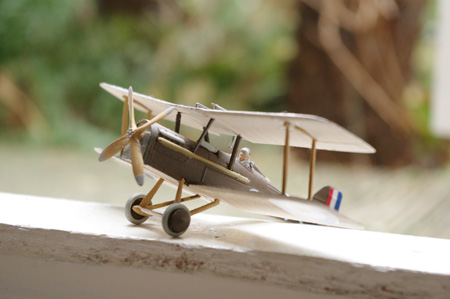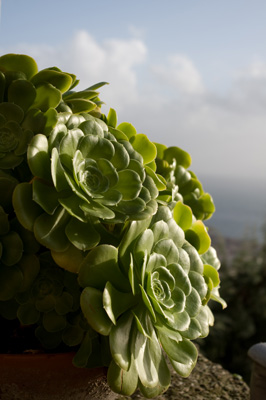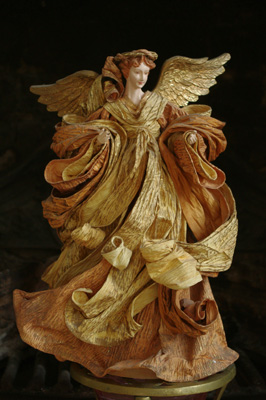Original URL: https://www.theregister.com/2010/02/26/review_camera_pentax_k_x_dslr/
Pentax K-x
Photo finesse?
Posted in Personal Tech, 26th February 2010 08:02 GMT
Review The Pentax K-x is arguably one of the smallest and more accomplished entry-level DSLR cameras on the market. The K-x inherits the compact body and the simple layout of the K-m while squeezing in quite a few of the high-end features of its bigger brother, the K-7.

Colour photography: Pentax's K-x
The 12.4Mp sensor measures up at 23.6 x 15.8mm and features a dust removal system and in-body shake reduction. The K-x shutter speed ranges from 1/6000 to 30 seconds and it’s capable of continuous shooting at up to 4.7 fps, as well as 720p HD video. It also features an 11-point, wide-angle autofocus and offers Live View on its 2.7in, 230,000 dot LCD panel. All in all, not bad for an entry-level camera.
The basic kit comes with a DA-L 18-55mm lens and costs £600. Given the spec, the K-x appears pretty good value and is likely to prove a very tough competitor for its main rivals, the Canon EOS 500D and the Nikon D5000. While Pentax’s decision to power the K-x with AA batteries might not appeal to everyone, this choice does increase portability. AA batteries are everywhere and you’re not constrained by having to find a mains source to recharge the camera. And if you can’t abide the waste, a set of high capacity AA rechargeables plus charger can be picked up for less than 20 quid.
Playing on the fun factor, the K-x comes in four different body colours: black, white, red and navy, while in Japan an astonishing 100 different colours are available. At 122 x 92 x 69mm and 581g, its small, light body makes it inconspicuous and easy to carry around – ideal for serious beginners and travellers. Furthermore, its range of in-camera processing features and digital filters offer a genuinely creative photographic experience.
The reinforced plastic body of the K-x feels solid and has a good ergonomic grip, yet it’s a shame that Pentax doesn’t offer the weather seals of the K-7. The layout of the external controls have been cleverly designed and, according to Pentax, is to allow for ‘one-handed operation’. Indeed that holds true. All settings can be easily and intuitively accessed with one hand, that hand being the right one though.
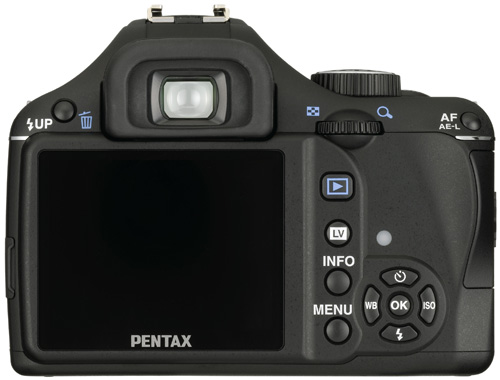
A dedicated Live View button makes for swift viewing mode changes
Unlike many other camera makers, Pentax actually provides a dedicated Live View button that makes it easier to switch between viewing modes. However, there's a very annoying blue on/off light located on the top right end of the camera next to the shutter. The light is so bright and large that it interferes with the visibility of the LCD screen in dim light conditions. The good news is that the viewfinder is large – 96 per cent area of coverage – and clear, so the dazzling blue light issue was bypassed by framing through the viewfinder in low light.
The menu interface is rational and efficient. Cleverly, all the available options on the menu tab are always contained within the one screen and this avoids any frustrating scrolling down to get to any more options at the bottom of a page. The shutter mechanism is quite noisy, but the sound is reminiscent of the mechanical clack of a 35mm film camera. Those inclined to nostalgia might even consider it a bonus.
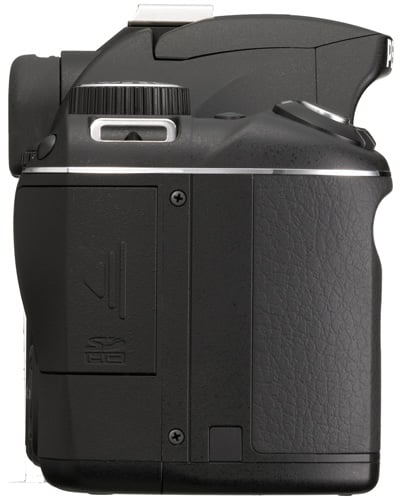
Compact and designed with single handed operation in mind
Pentax claims a battery-life between 1100 (with 50 per cent flash) and 1900 images (no flash) with lithium batteries. Yet with alkaline batteries the figures quoted are just over a tenth of that. In our initial tests with Duracells, before forking out for rechargeables, the batteries drained surprisingly quickly. The camera was used in a fairly standard way and Live View only occasionally. That said, Pentax has a released firmware update which addresses the monitoring of battery power and, much like printer cartridges that claim to be empty when a third remains, it may be that our pre-update K-x experience revealed it was a bit too eager to report power loss.
You can check the K-x’s current firmware by pressing the Menu key when powering on. Shockingly, the review sample came loaded with version 0.20. Yet, updating the firmware to version 1.01 wasn’t all plain sailing – whether it was our 32GB card wasn't exactly clear. The Mac download file appeared in upper case, yet the tech notes included with the file referred to it in lower case. Storage or nomenclature, either way, the K-x was having none of it. However, changing the firmware file name to lower case and putting it on an 8GB card enabled a successful update.
Not all modes are available with Live View, with functions such as white balance prompting a ‘Not available in this mode’ message. Also Live View’s on-screen autofocus is extremely slow, making it only suitable for tripod work or stationary subjects. On the plus side, thanks to the mirror locking function, it can be used successfully for continuous shooting.
With Live View off and using the viewfinder instead, the autofocus is very fast and smooth, working really well in all light conditions and effortlessly tracking fast moving subjects. The only nuisance is that Pentax does not provide any display on the viewfinder for where the actual active point of focus is.
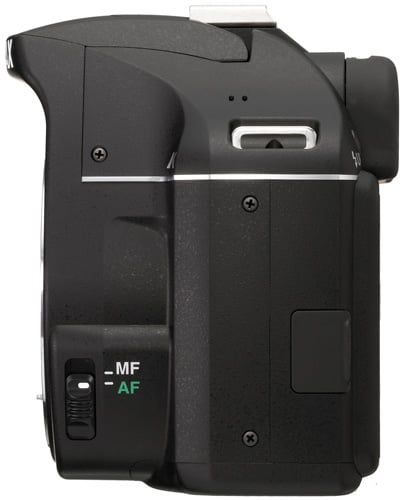
Autofocusing is a bit sluggish with Live View, but smooth and swift with the viewfinder
Like Olympus and Minoltas of old, Pentax uses sensor-shift image stabilisation, which means that the image stabilization system is built into the body of the camera, rather than into each separate lens as Canon and Nikon do. The main advantage of this body-based stabilisation is that it applies to every lens you mount on the camera, meaning you can use a 50-year old lens and have perfectly stabilised images. This also keeps lens cost and weight down.
The picture quality of the K-x is generally excellent. Images were sharp and finely detailed and the colours accurate and vibrant. I was particularly impressed by its low light and indoor performance, facilitated by the inclusion of a 30 seconds maximum shutter speed and a Bulb mode. Very good noise control coupled with the built-in shake reduction give terrific night shots, even without the use of a tripod. It is certainly the best low light performance I’ve seen in a camera at this level.
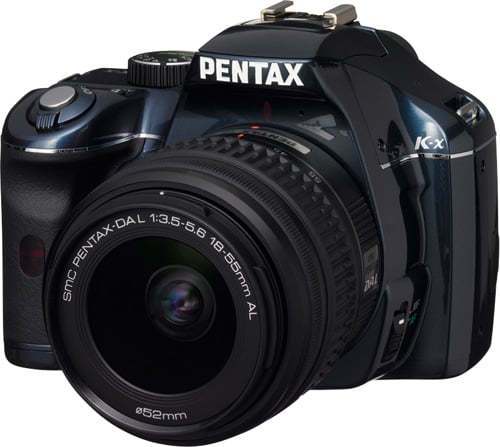
Impressive noise handling characteristics at this price point
The automatic white balance was not always spot on in indoor situations but produced very realistic daytime tones. However it is also worth mentioning the lack of a white balance bracketing system on the K-x – a feature usually included in all DSLRs. The K-x has an ISO range of between 200 and 6400, expandable to 12800. Overall, the ISO tests produced remarkable results, with very limited levels of noise up to 1600 and little distortion all the way to 6400. Indeed, the noise reduction system does a very good job at retaining fine details, resulting in very sharp images.
Apart from the usual choice of shooting programs, Pentax has also included a Sensitivity Priority mode on its main menu dial, which lets you select the ISO while the camera automatically adjusts shutter speed and aperture to give you the optimal exposure. Some might find it a gimmicky addition but I think it could be useful in challenging lighting conditions where time or texture is an issue. For example, if you are shooting fast moving subjects in low light it could be quite handy to set a high ISO as a trade-off.
The K-x is a fast shooter. It clearly outperforms all other entry-level DSLR and several higher end models when it comes to speed. Switch on is almost instant and there is no noticeable shutter delay. More importantly it delivers an impressive 4.7fps continuous shooting, which is an extraordinary step up for a camera of this class.
Pentax has provided this small reflex with quite a bit of in camera processing and cool digital filters that, used sparsely, can produce great creative results straight out of the camera. The K-x features seven digital filters and a number of well-designed post-production editing tools and effects. Amusingly, the watercolour filter turns the image into a cartoon and contributes to what makes this camera really fun to use. The quality of the filters is very convincing and the effects can be adjusted by using on-screen sliders for smoother and more personal results.
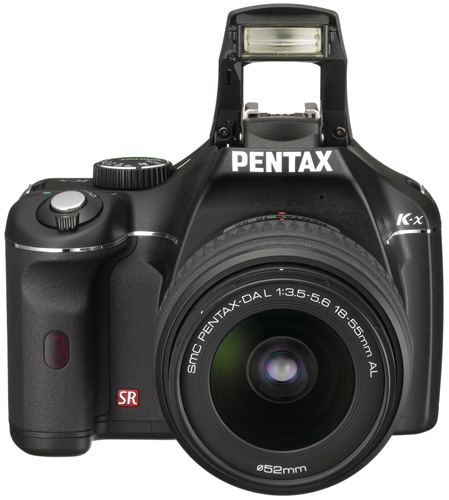
Besides a built-in flash, there are numerous effects processing options
Anyone with a film background will appreciate the inclusion of a Cross Processing mode. It emulates a creative development technique in which a film is processed in a chemical solution intended for films of a different type. This process produces high contrast images with surreal colours that are very popular in fashion and advertising.
Sample Shots and Video
Sample Shots
Effects and Filters

Star burst

Multi exposure

Multi exposure

Cross processing

Fisheye

Water colour

Toy Camera

Miniature
Sample Shots
Sample Shots
ISO Tests
The useful HDR Capture (only available for JPEGs) is a well-conceived automatic feature that works by shooting three photos with different exposures and combining the better-exposed areas of each to produce a perfectly balanced final picture. The drawback is that it only works with studio shots or tripod work because hand movement would produce blur.
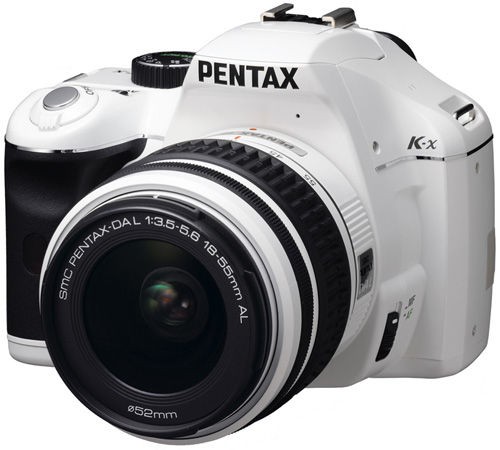
Great value with plenty of creative options
The K-x also sports a D-Range option that allows you to correct the highlights and/or shadows in high contrast situations, and a Colour Temperature Enhancement setting that corrects colour cast in situations where the prominence of a particular colour produces a washed out effect or distorts the automatic white balance, such as a grass landscape scene. Probably the coolest addition to the K-x creative tools is its Multi-Exposure drive. It lets you merge up to 9 different pictures using Auto EV Adjust - if selected – to combine all the different EV values into one correct exposure.
Another K-x boon is HD video, recording 12 minute AVI files at 720p at 24 fps or SD video for 25 minutes a time. The downside is the lack of a HDMI port and its mono microphone – there's no external mic input either and the sound is certainly noisy, picking up all the camera's internal whirrings. Definitely room for improvement there. Also, unless you read the manual, shooting a video may prove a challenge. Although there is a Video Mode on the main shooting dial, the video won’t start unless you either engage manual focus or focus on a subject by half-pressing the shutter before releasing it and then press it again to start recording.
In video mode, you can choose between manually setting the lens to a specific aperture or use the Auto Aperture setting, with either option giving you some form of control over depth of field or brightness, which is more than Canon’s EOS 500D does.
Verdict
If you can tolerate the slow Live View autofocus and a few minor handling flaws then this camera is a near perfect choice for a first DSLR. Just be sure the firmware is up-to-date to avoid possible power issues. Overall, the K-x offers an image quality and a photographic performance to rival many higher end cameras, with the inclusion of fun and user-friendly features to satisfy the most creative of beginners and enthusiasts alike. ®
Catherine Monfils is a professional photographer specialising in portraiture, lifestyle and fashion.
More DSLR Reviews...

Sony Alpha A550 |

Pentax K-7 |

Nikon D300s |

Canon EOS 500D |
